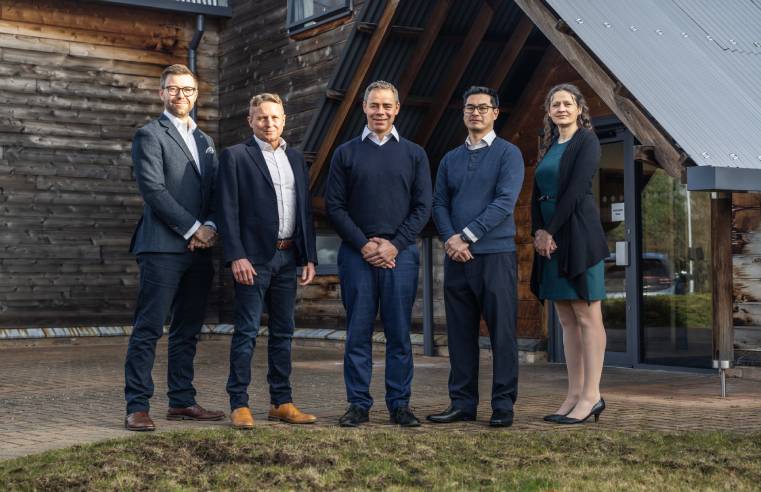A new survey has revealed a widening divide between frontline workers and their HQ counterparts. More than one in three (40%) of frontline workers said management is “out of touch” with their role based on the communications they receive from HQ.
The YouGov data commissioned by SafetyCulture represents the views of American, British and Australian “frontline workers” – individuals who must “physically show up to their job”, including the likes of hospitality, retail, manufacturing, and logistics workers. With frontliners making up 80% of the global workforce, the data shines a light on major opportunities to better engage the workforce largely responsible for keeping the world moving.
The survey revealed:
• More than one in four frontline workers (32%) don’t have time to read or act on HQ communications and more than one in four (30%) said internal communications get in the way of performing their role and tasks.
• More than one in three frontline workers agree the communications they receive from HQ are often irrelevant (42%) and not engaging (43%).
• Almost half of British frontline workers (48%) said they couldn’t “put a face to the name” of most HQ team members they communicate with, leading more than one in four British frontline workers (32%) to say they feel disconnected from their HQ colleagues.
Find the right channel for “deskless” workers
The survey also spotlighted the importance of one central channel for critical communications that is accessible and practical for frontline teams:
• More than one in four frontline workers (30%) said there was no go-to communication channel for important updates in their workplace
• More than one in four frontline workers (29%) stated that if there was a channel, it didn’t actually work for their role.
Commenting on the data, Bob Butler, Global General Manager of SafetyCulture said: “Given most businesses are dealing with the effects of supply chain issues and labour shortages, communicating with teams on the frontline is more critical than ever. However, frontline workers can be challenging to reach given they aren’t always at a desk and often don’t have a company email address.”
“Many businesses have continued to invest in providing their white-collar workers with high-quality tools and technology for remote communication but enabling the frontline is a blindspot for some organisations. There’s a real opportunity to improve in this space, particularly with low-cost mobile first technology.”























